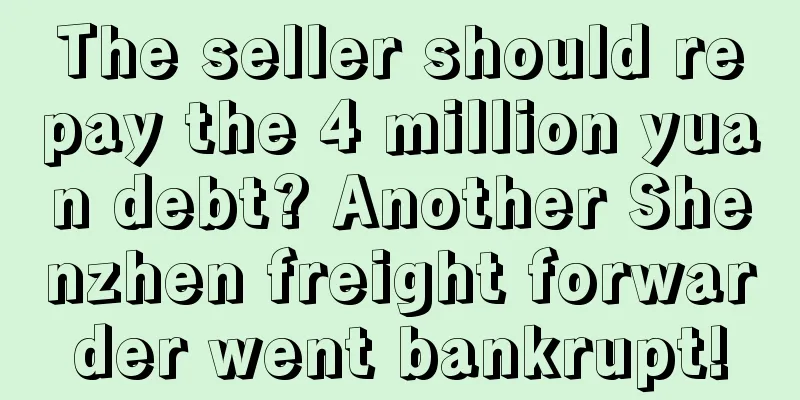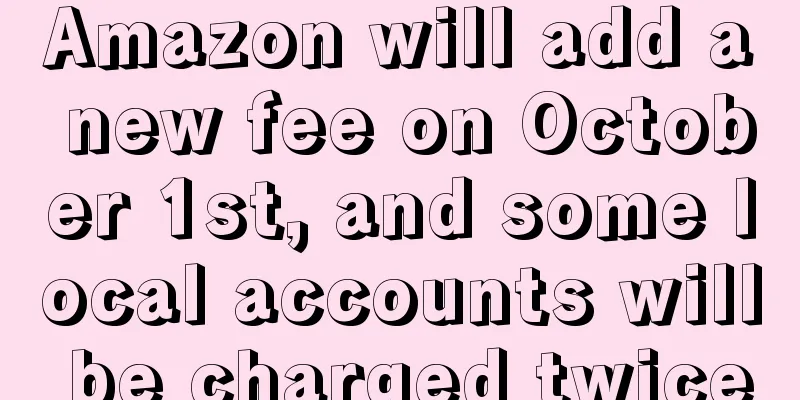|
Half a year later , Amazon has once again extended its claws to FBA logistics and delivery fees. What is different from the past is that this time Amazon has directed its spearhead at sellers who meet the requirements of the small and light commodity program.
Amazon adjusts logistics delivery fees again
It is learned that on June 30, Amazon US issued an announcement stating that starting from August 29, 2023, Amazon will terminate the Small and Light Commodity Program and instead implement a lower standard FBA rate for all low-priced products priced below US$10. The specific adjustments are as follows: 1. About the Small and Light Commodity Program Starting July 17, 2023, all new products on the US site will no longer be able to register for the Small and Light Program; Starting August 29, Amazon will officially shut down the Small and Light program, at which time the new low-price FBA rates will take effect.
2. About FBA logistics costs If the seller's product has been registered in the Small and Light Program and the price is less than $10, it means that the logistics fee for each item will be about $0.30 more than the Small and Light Program, but the normal delivery time can be enjoyed; If the seller's product is not registered in the Small and Light Program and the price is less than $10, it means that the logistics cost of each product will be reduced by approximately $0.77, and there is no need to pay the holiday peak delivery fee (applicable from October 15, 2023 to January 14, 2024), and you can also enjoy normal delivery time; If your product is not registered in the Small and Light program and the price is over $10, Amazon will automatically use standard FBA rates and shipping speeds.
Amazon said that after August 29, 2023, all products priced below $10 will automatically enjoy the new low-price FBA rates without the seller having to take additional action. It also pointed out that using the new standard FBA rates will enable every seller selling low-priced products to enjoy faster FBA delivery speeds, thereby increasing consumer satisfaction. After the announcement, some sellers mentioned that this adjustment is a favorable policy for low-priced products below $10, but more sellers are dissatisfied with it: "Many people were previously stuck at the $12 threshold for the small and medium-sized enterprise plan. Now that the policy has been adjusted, won't it be reduced to less than $10?" "This is to get sellers to lower their prices to grab market traffic." "Sow small seeds at the beginning of the year and harvest big leeks in autumn." Some sellers also pointed out that the reason why Amazon lowered the threshold for enjoying lower FBA rates to US$10 was to compete with Temu, which was grabbing market traffic at low prices. At present, this adjustment has the greatest impact on sellers with product prices between $10 and $12 . Sellers with product prices in this range will face the dilemma of " balancing costs by raising prices" or "reducing prices to reduce profit margins to enjoy low rates." Given the current economic environment of consumption downgrade, many sellers believe that the latter will account for the majority of sellers. This seems to confirm a previous analysis by industry insiders: Although Amazon has not openly engaged in a price competition with other platforms, it has tried to promote "low-price internal competition" among sellers through policy adjustments within the platform. The price war among Amazon sellers
It is learned that this is not the first time Amazon has adjusted FBA delivery fees this year. As early as January 17, Amazon's US site raised logistics, warehousing and other fees. But it is worth noting that in this adjustment at the beginning of the year, Amazon raised the price threshold for products that meet the conditions of the Small and Light Product Program from "US$10 or less" to "US$12 or less." Based on this, many sellers whose prices were close to or higher than US$12 were delighted and quickly adjusted their products to below the US$12 threshold (such as US$11.99). Now, within half a year, Amazon has rescinded this benefit and lowered the price threshold for products that can enjoy the discount (lower FBA rate) to below $10 again. Many sellers lamented that Amazon is acting like a hunter, gradually inducing sellers to lower prices. It is learned that Amazon has previously announced that its price search algorithm will exclude Temu and will not compete with Temu's prices for products that do not comply with the fair pricing policy. It seems that it does not intend to participate in the low-price traffic competition between platforms. However, judging from the many functions updated by Amazon recently, the price war between sellers has never stopped: 1. Taobao-like “More Like This” In the previous article "Another major overhaul of Amazon's front desk? Sellers: Roll up to Taobao", it was mentioned that some categories of products on Amazon have Taobao-like "More Like This" labels . For products with serious homogeneity, this feature is inevitable for the same model to be compared in price, which seems to have a tendency to intensify the internal competition. 2. Transparent front-end sales data Since March, Amazon US has started to display sales data and page views on store homepages. This new feature means that Amazon data will be more "transparent" in the future , which will not only have a certain impact on the click-through rate of products, but may also further intensify the low-price war to increase data. However, it is also learned that the US FTC is preparing to file an antitrust lawsuit against Amazon. Under high pressure, Amazon may restrain its efforts to promote price wars within the platform. What do you think of this? Welcome to discuss in the comments section~
|










